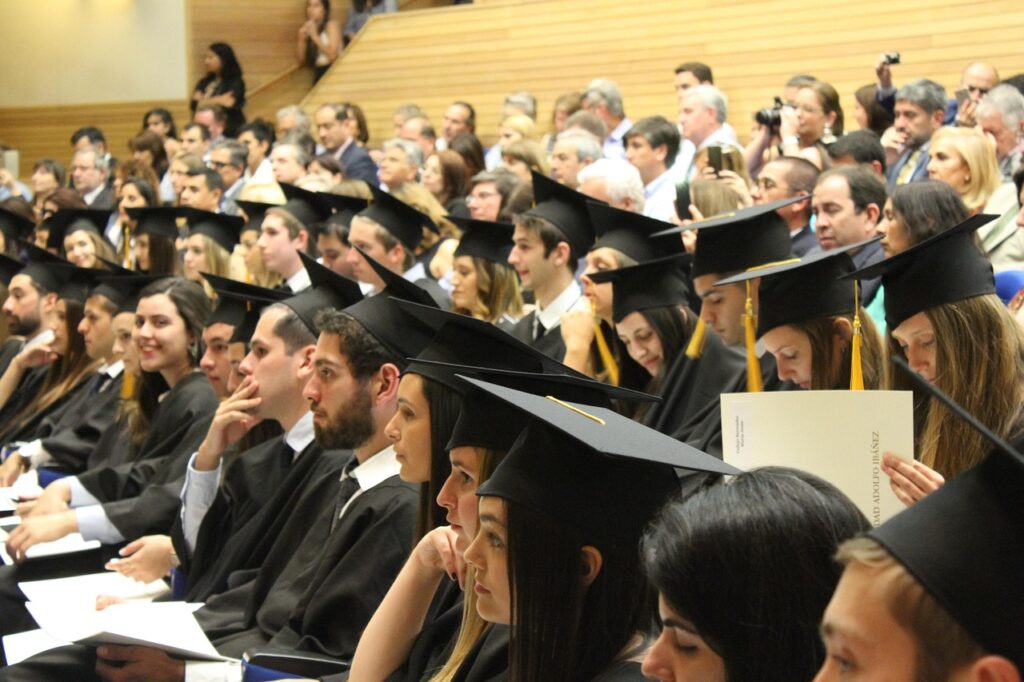Introduction
The United States remains the #1 study destination for international students, attracting over a million learners each year. With world-class universities, diverse programs, and global career opportunities, studying in the U.S. can be life-changing.
But the application process is not easy. Thousands of international applicants face rejections every year—not because they are unqualified, but because they make avoidable mistakes during the application process.
In this article, we’ll uncover the top mistakes international students make while applying to USA universities, along with practical tips to avoid them.
1. Starting the Application Too Late
One of the biggest errors is waiting until the last moment to apply. U.S. universities have strict deadlines, and gathering documents takes time.
Why it’s a mistake:
- You may miss scholarship deadlines.
- Your application may appear rushed or incomplete.
- Standardized test dates (SAT, ACT, GRE, TOEFL, IELTS) may no longer align with your target schools.
Tip: Start preparing at least 12–18 months in advance. Create a timeline for test prep, document collection, and application submissions.
2. Choosing Universities Without Proper Research
Many students apply only to “big-name” universities (like Harvard or MIT) without considering fit, costs, or acceptance rates.
Why it’s a mistake:
- These universities are highly competitive with <10% acceptance rates.
- You might miss affordable or better-suited programs.
- Applying to the wrong schools wastes time and money.
Tip: Apply to a balanced list of universities:
- 2–3 “reach” schools (very competitive)
- 3–5 “match” schools (your profile fits well)
- 2–3 “safety” schools (high acceptance rates, affordable tuition)
3. Weak or Generic Personal Statement / Essay
Your essay is where you stand out beyond grades and test scores. Many students submit generic essays that fail to impress admission officers.
Why it’s a mistake:
- Essays that sound “copy-paste” don’t reflect your personality.
- Lack of storytelling makes your application less memorable.
Tip: Write a unique, personal essay that highlights your story, motivation, and why you’re a great fit. Have mentors or professionals review it before submission.
4. Ignoring English Proficiency Requirements
Even strong students sometimes underestimate the importance of English language exams. Submitting low TOEFL/IELTS scores can cost you admission.
Tip: Prepare thoroughly and aim for scores above the university’s minimum. Retake the test if needed.
5. Submitting Incomplete or Wrong Documents
Common document mistakes include:
- Missing transcripts or recommendation letters
- Incorrectly translated documents
- Financial documents not meeting embassy or university requirements
Tip: Create a document checklist for each university and double-check before submission.
6. Overlooking Financial Aid & Scholarships
Many international students assume they cannot get scholarships in the U.S.—which is not true.
Why it’s a mistake:
- You may miss opportunities to save thousands of dollars.
- Some universities automatically consider students for aid if applications are submitted early.
Tip: Research university scholarships, assistantships, and external funding programs.
7. Weak Recommendation Letters
A strong Letter of Recommendation (LOR) adds credibility to your profile. Many students submit vague or generic letters.
Tip: Ask teachers or supervisors who know you well and can provide specific examples of your achievements.

8. Not Preparing for Visa Interview
Even after getting admission, many students face rejection at the F-1 visa interview because they are unprepared.
Common mistakes:
- Inability to explain study plans
- Lack of financial proof
- Nervous or inconsistent answers
Tip: Prepare for USA student visa interview questions in advance. Be confident, truthful, and organized.
9. Ignoring Standardized Test Preparation
Some universities still require standardized exams like SAT, GRE, or GMAT. Submitting average scores weakens your profile.
Tip: Check requirements early and prepare using online resources, coaching, or practice tests.
10. Failing to Follow Up
Some students don’t check emails or university portals after applying. This leads to missed requests for additional documents.
Tip: Regularly log in to your application portal and check your email for updates.
Comparison Table: Mistakes vs Solutions
| Common Mistake | Solution |
|---|---|
| Applying too late | Start 12–18 months early |
| Only targeting Ivy League universities | Apply to reach, match, and safety schools |
| Generic essays | Write personal, unique stories |
| Weak English proficiency scores | Prepare for TOEFL/IELTS thoroughly |
| Missing documents | Maintain a checklist per university |
| Ignoring scholarships | Apply for funding and aid early |
| Weak recommendation letters | Choose recommenders who know you personally |
| Poor visa preparation | Practice common visa interview questions |
| Average test scores | Prepare early with mock tests and coaching |
| Not checking portals/emails | Follow up regularly with schools |
FAQs: Mistakes International Students Make
Q1. What’s the biggest mistake students make when applying to U.S. universities?
Starting too late and missing deadlines is the most common mistake.
Q2. Can I get into a U.S. university with low English scores?
Some universities offer conditional admission, but improving your TOEFL/IELTS score is recommended.
Q3. Are scholarships available for international students?
Yes, many U.S. universities and organizations provide financial aid to international students.
Q4. How can I avoid visa rejection?
Prepare for your interview, show genuine intent to study, and provide strong financial proof.
Q5. Should I apply only to Ivy League universities?
No, apply to a mix of universities to increase your chances of admission.
Internal & External Links
Internal Links:
- USA Student Visa Process
- Student Visa Interview Questions USA
- Study in USA for International Students
External Links:
Conclusion
Applying to U.S. universities is a big step in your academic journey, but it’s also a competitive process where small errors can cost you admission. By avoiding these top mistakes international students make while applying to USA universities, you can maximize your chances of success.
Start early, research carefully, prepare documents, apply for scholarships, and practice for your visa interview. With the right planning, you’ll be on your way to studying in the United States with confidence.